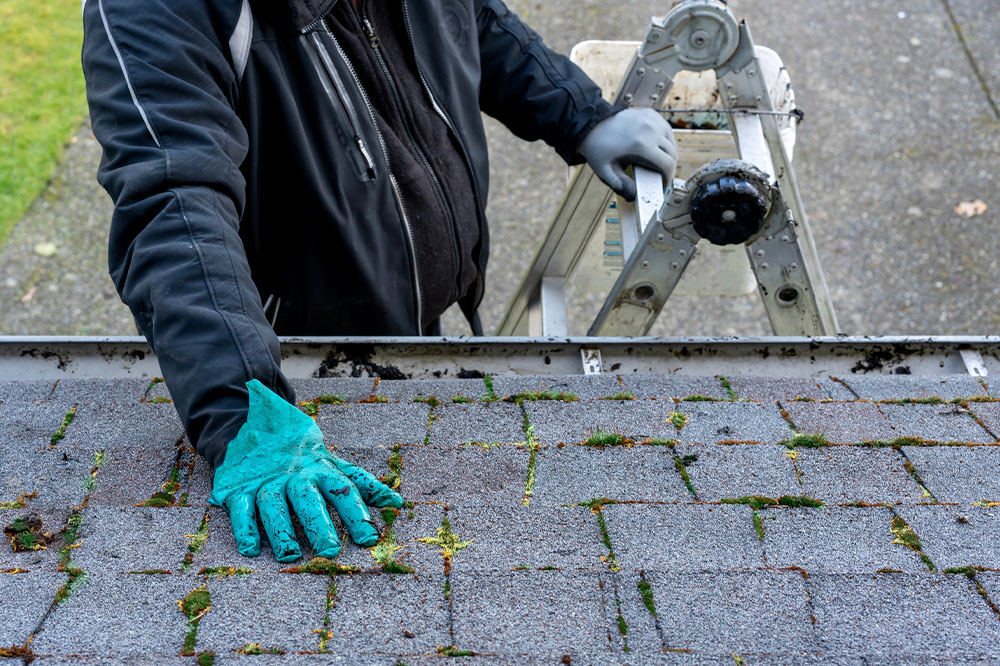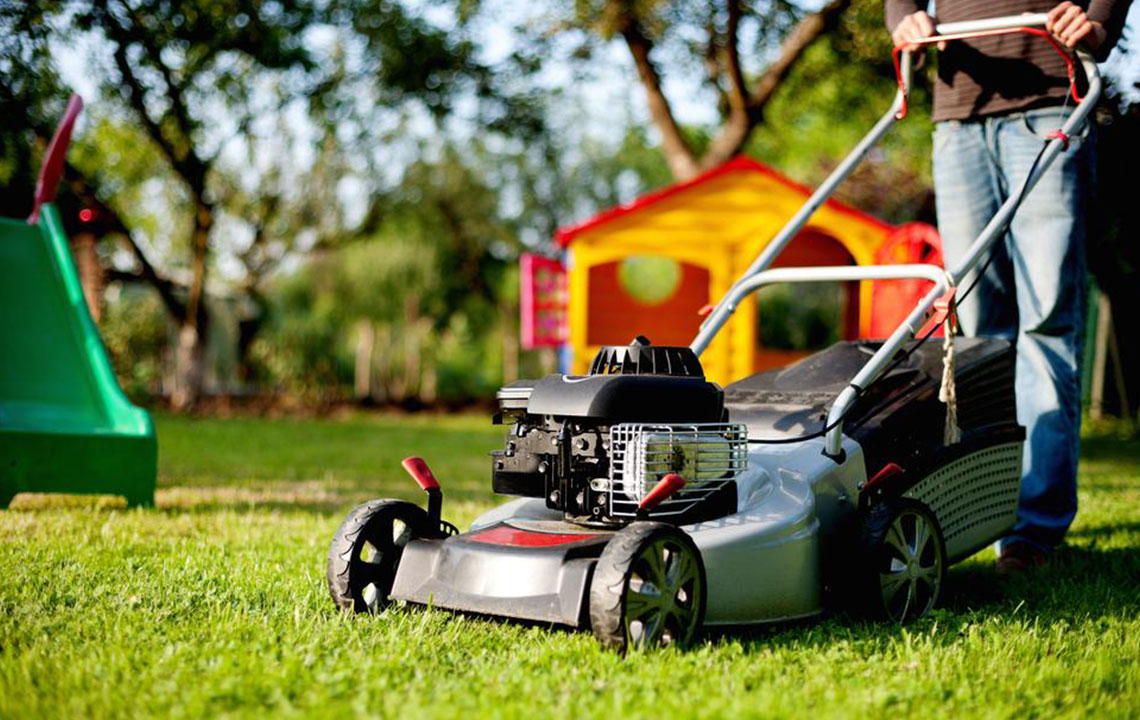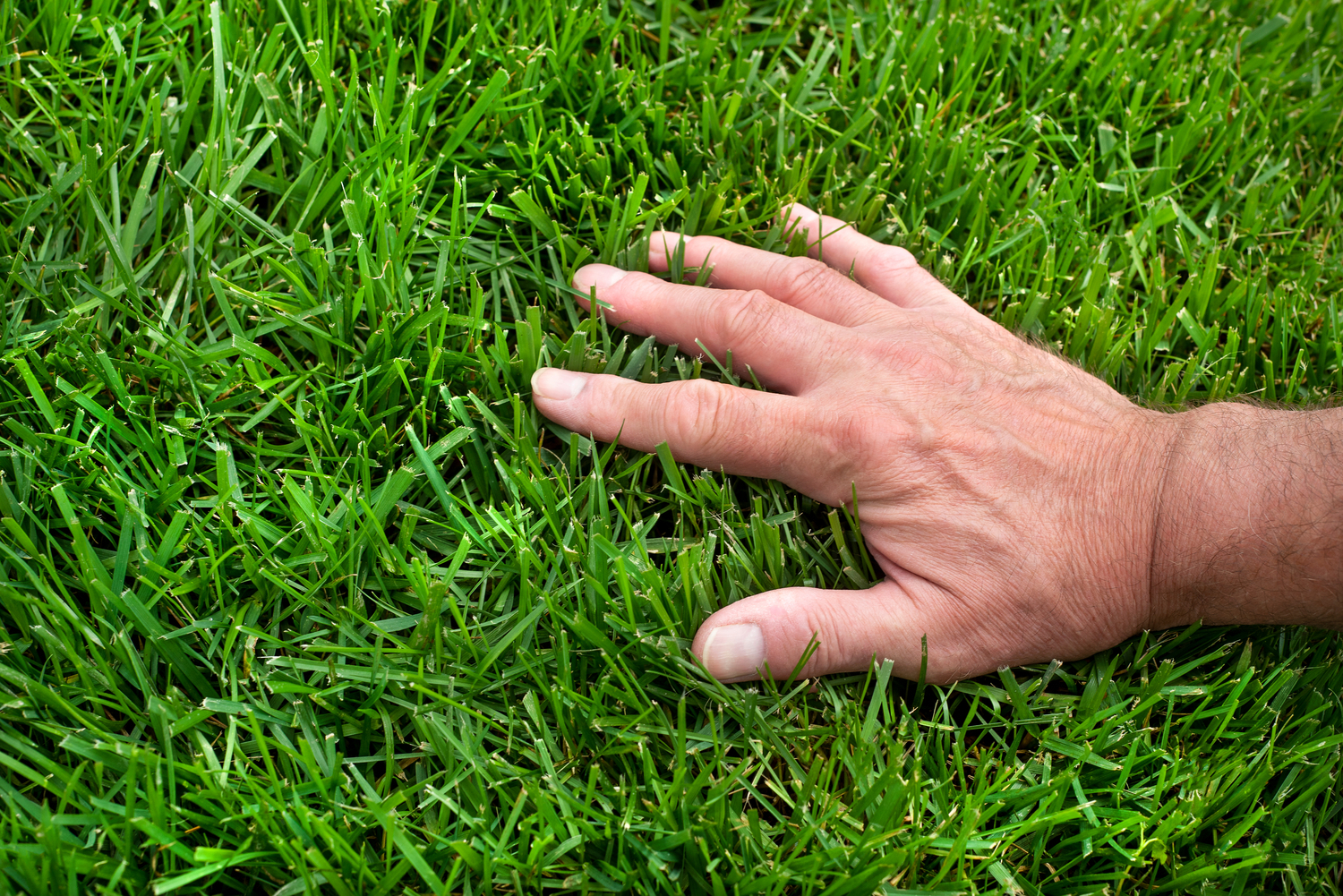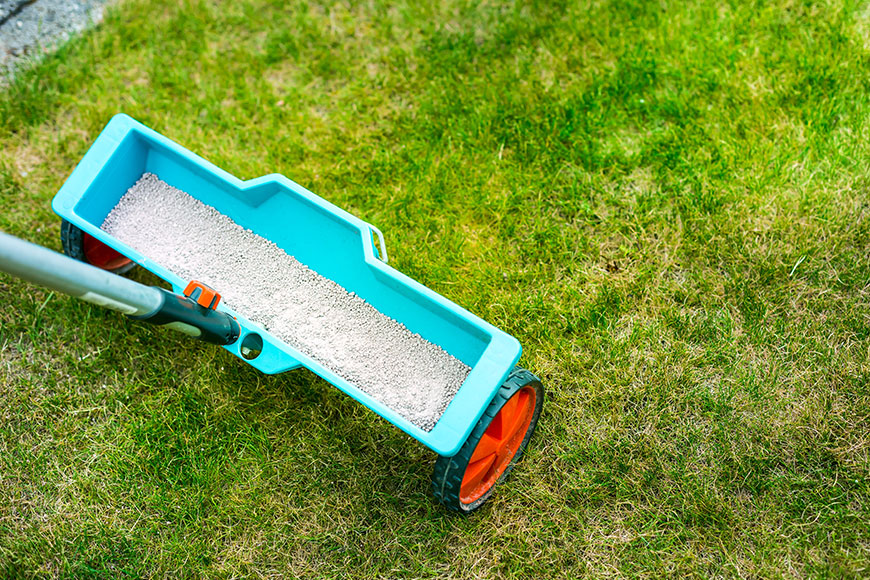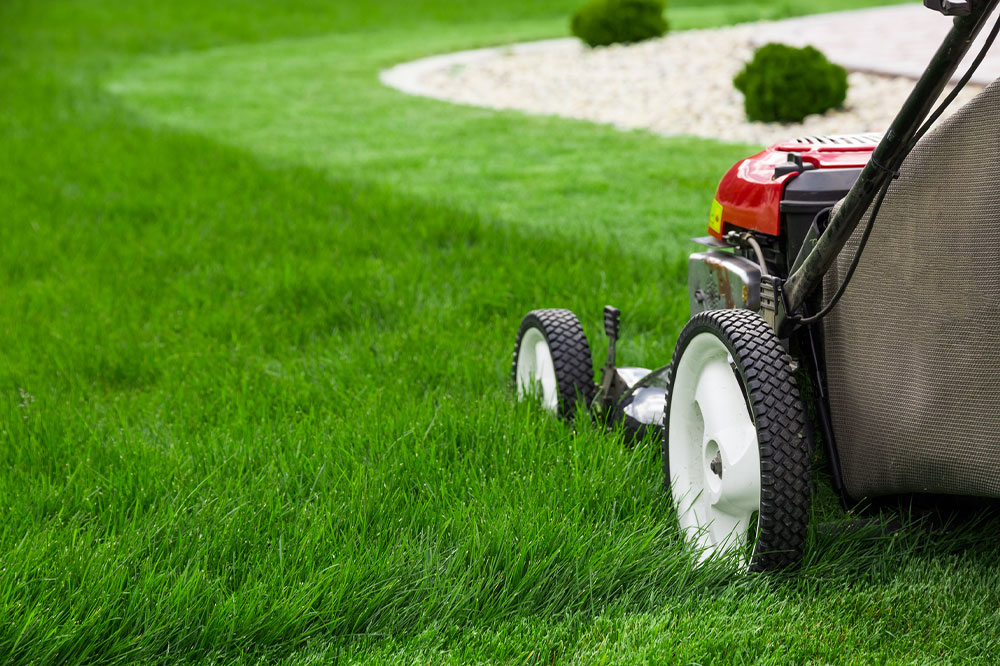Effective Strategies to Control Moss in Your Lawn
Learn practical, eco-friendly methods to control moss in your lawn. This guide covers causes such as poor drainage and soil acidity, and offers natural solutions like baking soda, lime, and proper mowing. For persistent moss, professional services are recommended. Maintaining optimal sunlight, soil pH, and lawn health prevents future outbreaks. Improve your lawn’s appearance and health by addressing underlying issues and applying simple, effective techniques tailored for a moss-free environment.
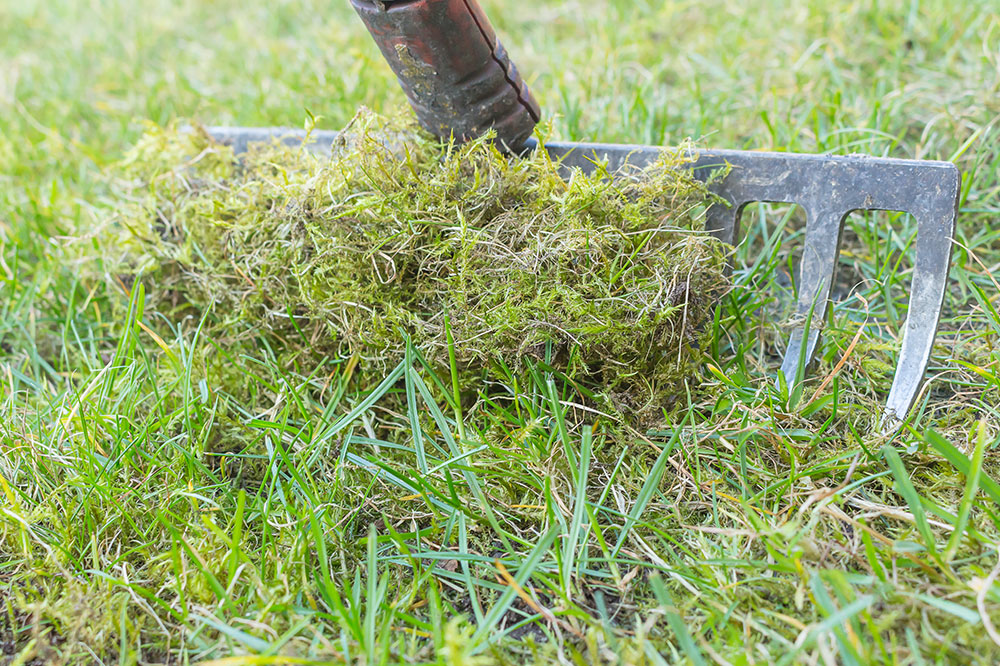
Effective Strategies to Control Moss in Your Lawn
Moss is a soft, non-flowering plant that thrives in moist environments, especially after rainfall. It spreads quickly in lawns with poor drainage or unhealthy soil conditions. While initially it may seem appealing, unchecked moss can cover large areas, hindering grass growth. Since moss has shallow roots, removing it is straightforward. Addressing underlying issues like drainage, soil health, and sunlight is essential for long-term control.
Common Causes of Moss Growth
Poor Drainage
Standing water on your lawn promotes moss proliferation. Compacted soil prevents proper water absorption, creating ideal conditions for moss to thrive.
Lack of Maintenance
Neglected lawns without regular aeration and scarification foster moss development. Healthy turf resists moss invasion.
Incorrect Mowing Practices
Cutting grass too short weakens it, opening gaps for moss and weeds to colonize. Keeping grass at 25-50 mm height supports robust growth.
Natural Methods to Eliminate Moss
Moss can persist due to issues like low soil pH or insufficient sunlight. Since moss doesn’t need nutrients, combating it requires targeted strategies.
Baking Soda Application
An eco-friendly solution, baking soda effectively eradicates small moss patches without harming your garden or the environment.
Adjust Soil pH with Lime
Testing your soil’s pH helps determine if lime application is needed to make conditions less acidic. Applying lime, especially during spring or fall, restores soil balance, hindering moss growth.
Dethatching and Raking
For minor infestations, physically removing moss with a rake or power dethatcher can be effective, especially when combined with aeration.
Enhance Sunlight Exposure
Ensuring your lawn gets 4-6 hours of direct sunlight daily can prevent moss. Trimming overhanging branches or planting shade-tolerant grass varieties helps maintain a healthy, moss-free lawn.
Hiring Professional Moss Removal Services
If natural methods aren’t sufficient, professional services can help. When choosing a provider, consider their equipment, expertise, and reputation. Modern tools and skilled technicians ensure efficient removal. Avoid chemical herbicides, as they only provide temporary relief and can be hazardous.
Preventing moss’ return involves ongoing lawn care and addressing soil and drainage issues. Consulting experienced professionals can streamline the process, resulting in a lush, healthy lawn.
Note:
Our website offers valuable insights across various topics. While our information is well-researched, it’s advisable to consult lawn care experts for tailored advice. We disclaim responsibility for information discrepancies or specific offers outside our scope.

